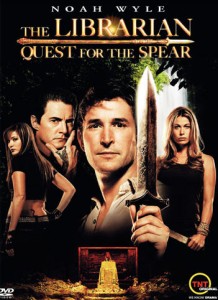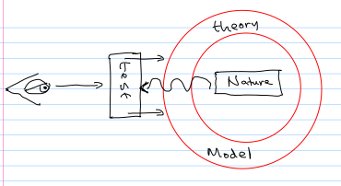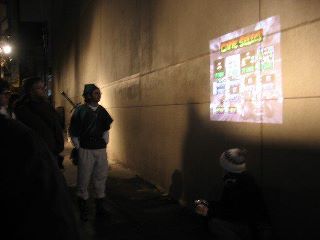Decolonizing, Indigenizing, and Examining the Patriarchy: 2018 ACA Student Colloquium: Archives and Activism
By Nicole Gauvreau
How can archives be activists? What archival institutions are already being activists? These were the most basic questions of the 2018 ACA Colloquium on Friday, March 16. The answers came from Katherine Kasirer of the National Film Board of Canada (NFB); Camille Callison—a member of the Tsesk iye clan of the Tahlatan Nation, Indigenous Services Librarian at the University of Manitoba, and member of the NFB Indigenous Advisory Board; Beth Greenhorn of Library and Archives Canada (LAC), and François Dansereau, archivist for the McGill University Health Centre (MUHC).
Katherine and Camille gave a joint presentation, with Camille joining via video link, on decolonizing and indigenizing subject access to the NFB indigenous collection. The effort is part of a three year plan in the wake of the Truth and Reconciliation Committee’s report and includes over 33 action to transform the NFB, redefine its relationship with the indigenous peoples it has historically viewed through a European lens, and to re-write their descriptions to meet today’s standards. A large part of this is a new indigenous cinema page, which employs the Brian Deer Classification System and uses tribes and nations names for themselves. The NFB would like to eventual decolonize the entire “ethnographic” film collection.
Beth Greenhorn spoke of her long-time involvement with Project Naming, LAC’s effort to correct the historical record and past wrongs in relation to images of indigenous peoples. The project started with a collection of 500 photos of people from what is now Nunavut and has grown from there to include pictures of people from a variety First Nations, Inuit, and Métis groups. Once photos are identified through events in communities or in Ottawa, through social media, through the LAC website, or through the “Do you know your elders?” series that has been run in Nunavut newspapers, new caption are made for the photos. A general caption is kept, and information on the person or people in the photo is added in brackets. The LAC is also currently working to change location information to indigenous names, though they are retaining the English names from the time the photos were taken for the historical record. Finally, the materials can be made available to communities to tell their own stories. Social tagging and transcription tools should be available soon.
The end of the colloquium brought François Dansereau and his presentation “Power Dynamic and Institutional Archives: Masculine Authority and the Modern Hospital”, which looked at the representation of women in the MUHC archives. Women were drastically under represented in the hospital archive; often the only early appearances were nurses and nuns in group pictures with male doctors. This changed as time went on, with women appearing more alone and using technology as nurses, technicians, and doctors, but still at a lower rate than male doctors. How do you solve the problem? For existing archives the role of women needs to be highlighted; for materials to be added records from women must be taken as well.




 Presenter and SIS PhD student Vera Granikov detailed what it is to be a research-embedded health information specialist, a path she said she likely wouldn’t have found herself on were it not for her practicum. Granikov says her job, and the jobs many SIS students may have in the future, doesn’t fit neatly into one category of librarian, archivist, or knowledge manager. For example, while she conducts searches and literature reviews, Granikov is also part of the research team from the moment an idea is found through applying for funding to publication.
Presenter and SIS PhD student Vera Granikov detailed what it is to be a research-embedded health information specialist, a path she said she likely wouldn’t have found herself on were it not for her practicum. Granikov says her job, and the jobs many SIS students may have in the future, doesn’t fit neatly into one category of librarian, archivist, or knowledge manager. For example, while she conducts searches and literature reviews, Granikov is also part of the research team from the moment an idea is found through applying for funding to publication.




![image[7]](/files/2015/02/image7-300x225.jpeg)




